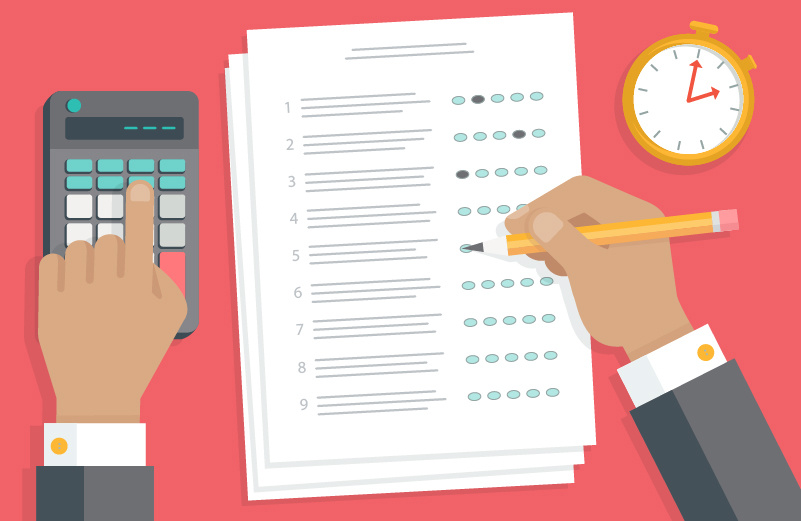Okay, it’s exam time! The time has come to make sure you’re well-organized and well-prepared for what can be an otherwise an overwhelming process. So, how do you prep for this? We’re here to give some helpful advice regarding roles and responsibilities and improving the process.
Vendor Management Roles and Responsibilities
First and foremost, you need to determine roles and responsibilities. This may depend on the type of exam, like in the following scenarios:
- Compliance Exam: Chances are everything will need to run through your compliance officer
- IT Exam: You’ll likely need to go through your chief technology officer
Either way, be sure to clarify ahead of time who the point person for the overall exam is as well as any questions specific to your vendor management program.
Setting Individual Boundaries
Next, be certain to identify boundaries. Be sure to decide the following:
- Who can answer what type of questions?
- Will the questions be answered in meetings or formally in writing?
A colleague at a former job always described the Noah’s Ark rule. Talk to examiners in pairs. This way, you have one to talk and one to clarify and/or take notes. This helps avoid the chance that something is misunderstood or lost in translation.
What Does the Exam Point Person Do Exactly?
You may be scratching your head thinking to yourself, “alright that’s all great to know, but if I’m the designated exam contact, what do my responsibilities entail?”
Here are five top things to remember:
- Informing Others: Ensure senior management within your organization is aware of the examination and what their expectations and roles and responsibilities will be. Be certain to clarify who should speak to examiners and through who to funnel all requests.
- Notifying Examiners: Reach back out to the examiners and let them know you’ll be their point of contact and have received the notice of exam.
- Prior exams: Dust off the old exam report and make sure that all open items have been addressed. If any haven’t, address them or find the right person who can.
- Policy and Program: Review the policy and program documentation to confirm it’s been approved within the last year. If either document hasn’t been then it’s time to update and track down the board for approval.
- Pre-Exam Questions and Documents: Start preparing responses to any pre-examination questions and locate any of the documents being requested.
Setting Expectations for Vendor Management Exam Procedures
I always think it’s a good idea to set clear expectations around how issues will be communicated, the frequency of routine updates and how any issues will be escalated. Clarity of communications and professionalism in all matters goes a long way toward building a good working relationship.
The Golden Rule applies. Treat them as you would expect to be treated. They have a job to do every bit as much as you do, so be certain to act professionally at all times and expect the same.
Exams can be stressful, but they can also be great learning experiences for all involved. Be cordial, but don’t try to be too “buddy buddy” – that simply is not appropriate. Proper professionalism and mutual respect should be basic expectations of all involved.
Now go and show the examiners all the great work you’ve done throughout the past 12–18 months.
Impress auditors at your next exam. Download the guidebook.













